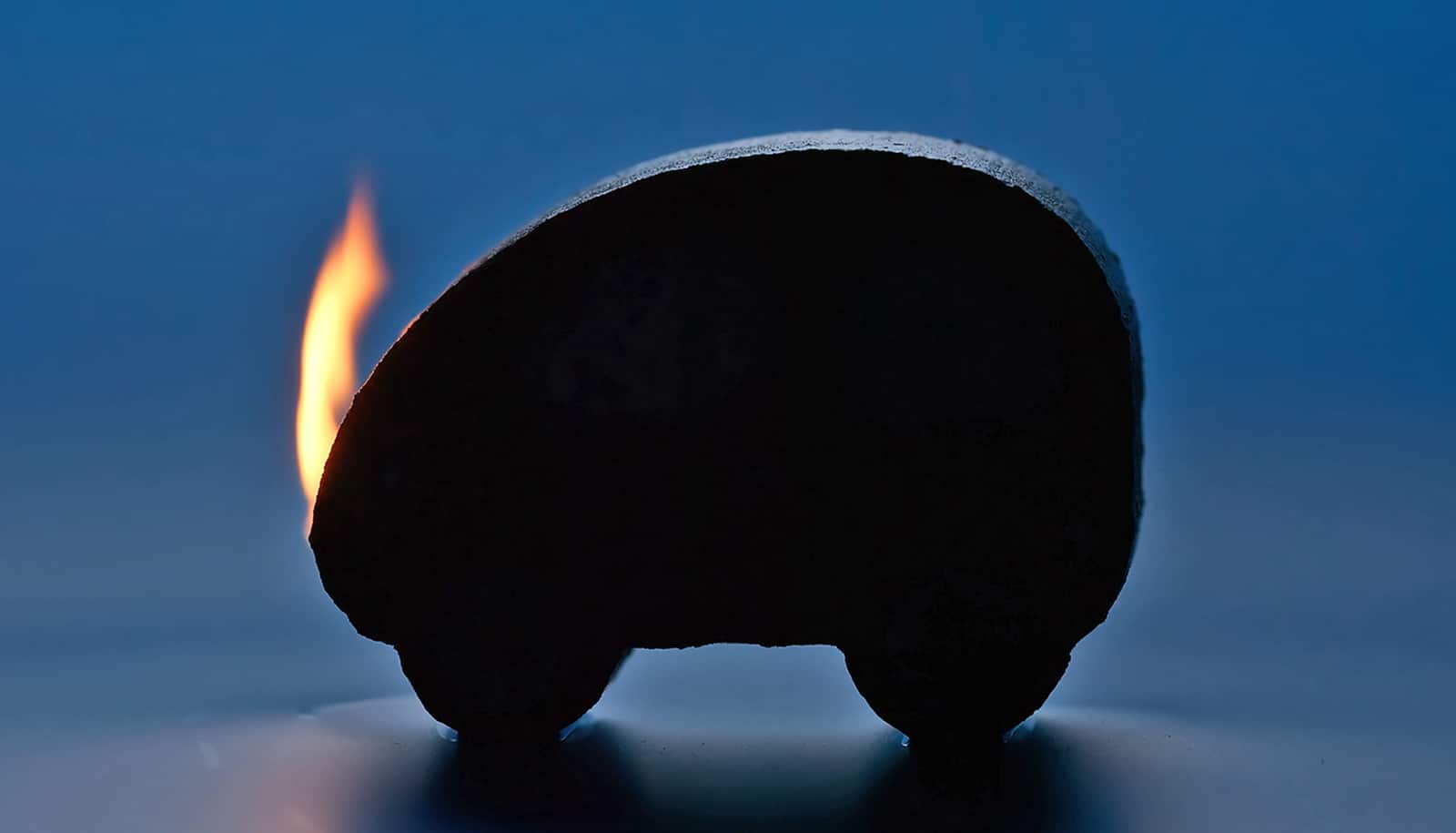A newly designed “flow” battery could make it possible to stack computer chips like pancakes to save space and energy.
The battery, only around 1.5 millimeters thick, uses two liquid electrolytes to power and cool the chips at the same time.
“The chips are effectively operated with a liquid fuel and produce their own electricity,” says Dimos Poulikakos, a professor of thermodynamics at ETH Zurich.
In conventional (ion) batteries, the energy is stored in two fixed electrodes; but in flow batteries, it is stored in two liquid electrolytes, which are pumped into the flow battery in two separate circuits.
“Flow batteries are in principle rechargeable fuel cells,” explains doctoral student Julian Marschewski.
Cheaper battery for solar made with pee ingredient
Flow batteries are usually large-scale and are used mainly in stationary energy storage applications, for instance in combination with wind farms and solar power plants, where they temporarily store the energy produced.
“We are the first scientists to build such a small flow battery so as to combine energy supply and cooling,” says Marschewski.
The output of the new micro-battery also reaches a record-high in terms of its size: 1.4 watts per square centimeter of battery surface. Even if you subtract the power required to pump the liquid electrolytes to the battery, the resulting net power density is still 1 watt per square centimeter.
The electrolyte liquids can also cool a chip. They can dissipate heat amounts many times over what the battery generates as electrical energy—which is converted into heat while the chip is in operation.
How to pump the electrolytes
According to the scientists, the most serious challenge in constructing the new micro-flow batteries was to build them in such a way that they are supplied with electrolytes as efficiently as possible while at the same time keeping the pumping power as low as possible.
“It was important to find the ideal compromise,” says Marschewski.
The electrochemical reactions in the battery occur in two thin and porous electrode layers that are separated by a membrane. Marschewski and his colleagues used 3D-printing technology to build a polymer channel system to press the electrolyte liquid into the porous electrode layer as efficiently as possible. The most suitable of the various designs tested proved to be one made of wedge-shaped convergent channels.
How to mass-produce chips only 3 atoms thick
The scientists have now provided an initial proof-of-concept for the construction of a small flow battery. Although the power density of the new micro-flow battery is very high, the electricity produced is still not entirely sufficient to operate a computer chip. In order for the flow battery to be used in a chip stack, it must be further optimized by industry partners.
As the scientists point out, the new approach is also interesting for other applications: in lasers, for example, which have to be supplied with energy and cooled; or for solar cells, where the electricity produced could be stored directly in the battery cell and used later when needed. The system could also keep the operating temperature of the solar cell at the ideal level. In addition, large flow batteries could also be improved with the optimized approach of forcing the electrolyte liquids through the porous electrodes.
Researchers from IBM Research Zurich contributed to the project. The team describes the work in a paper published in Energy and Environmental Science.
Source: ETH Zurich



